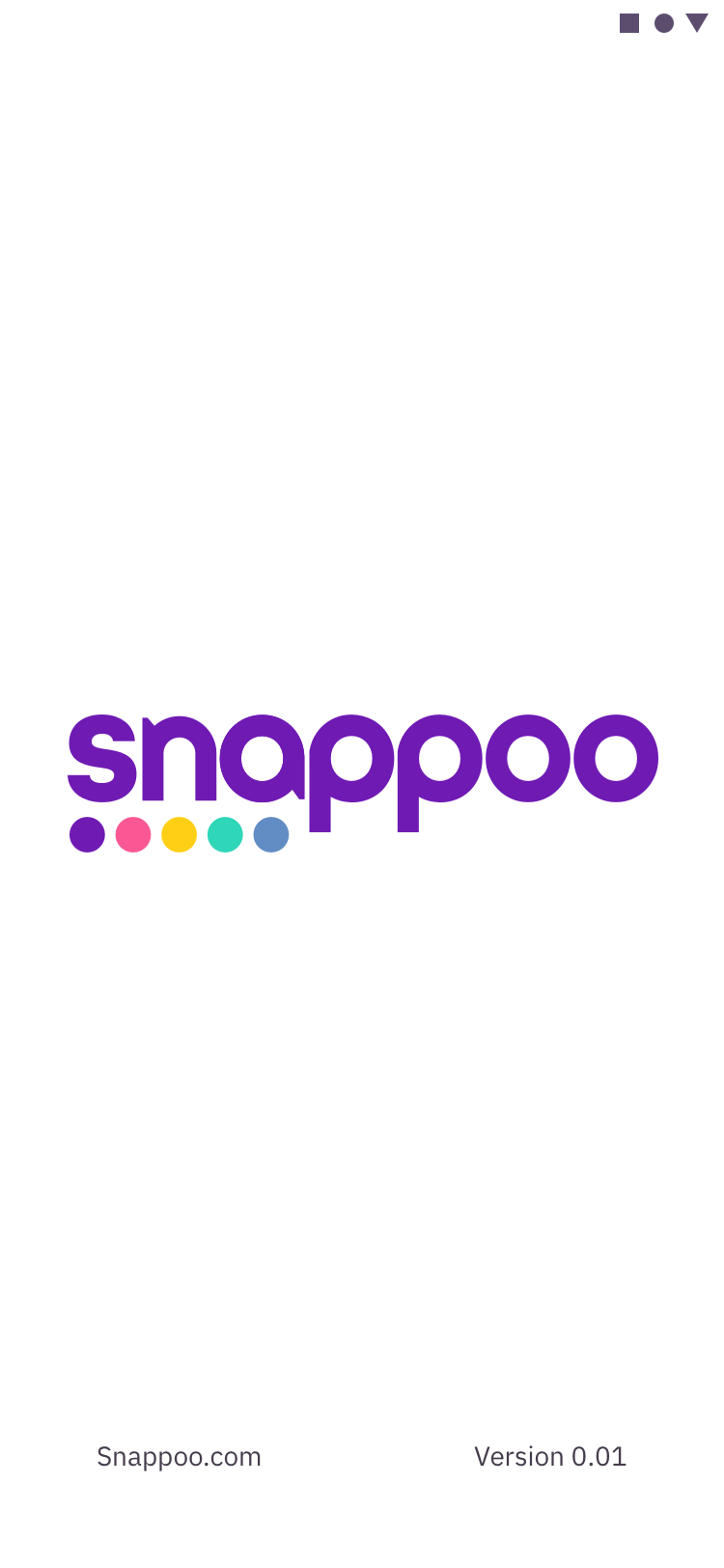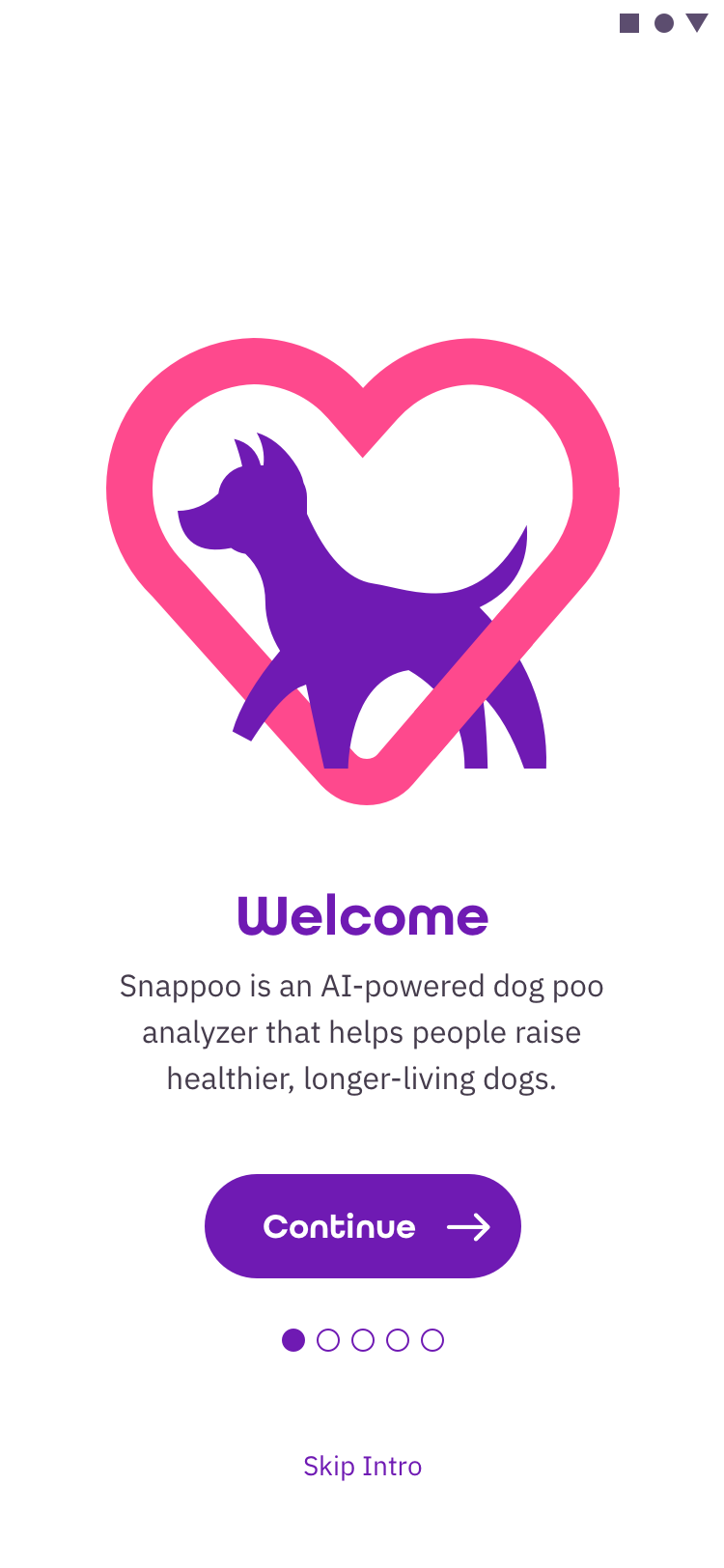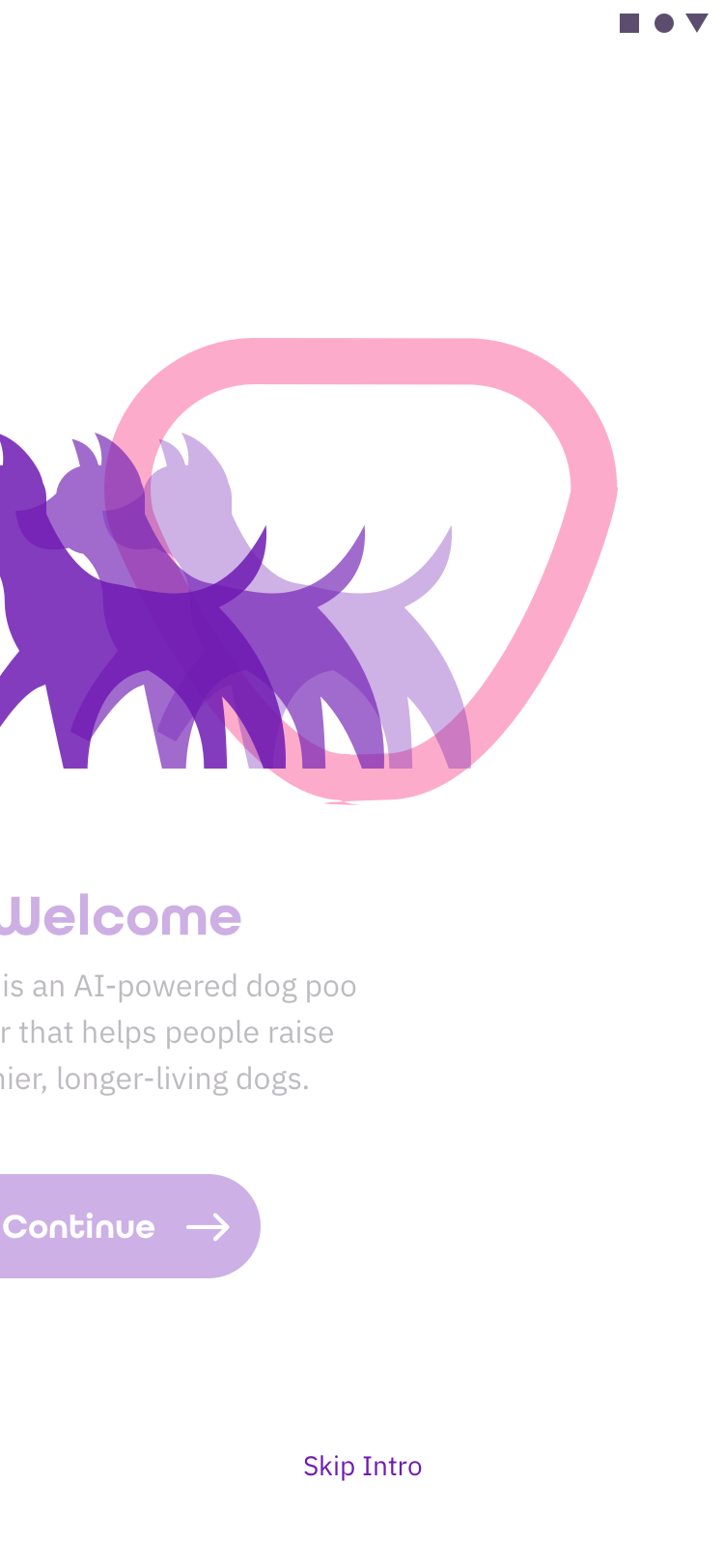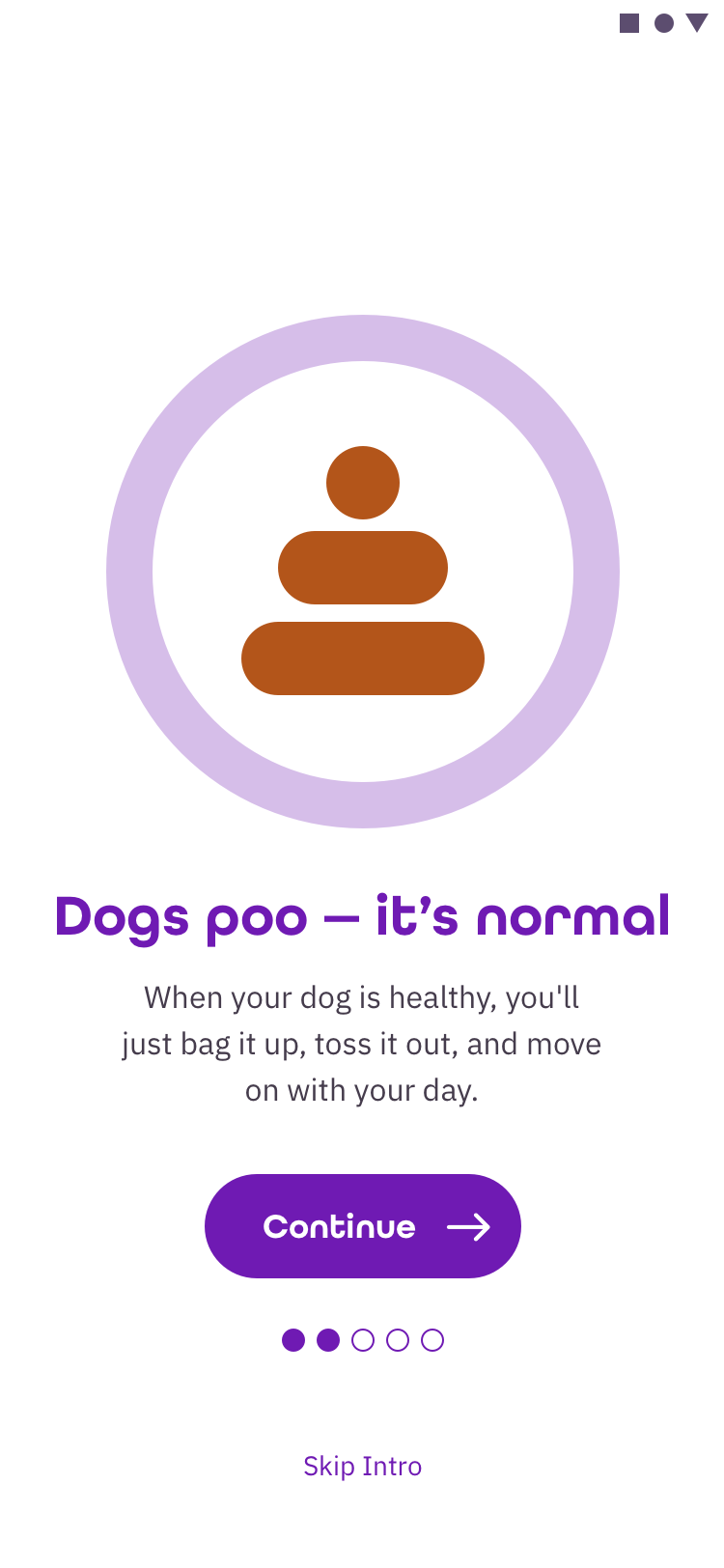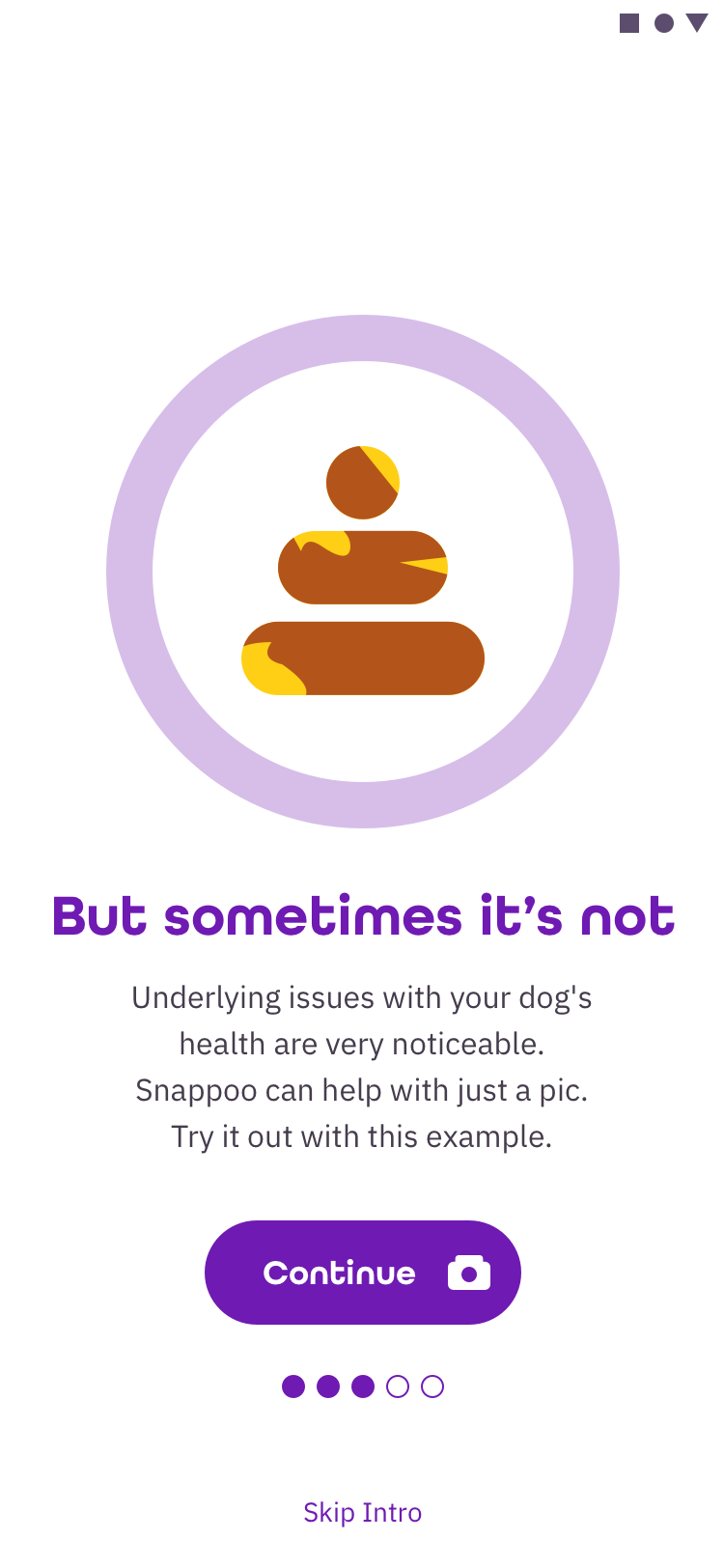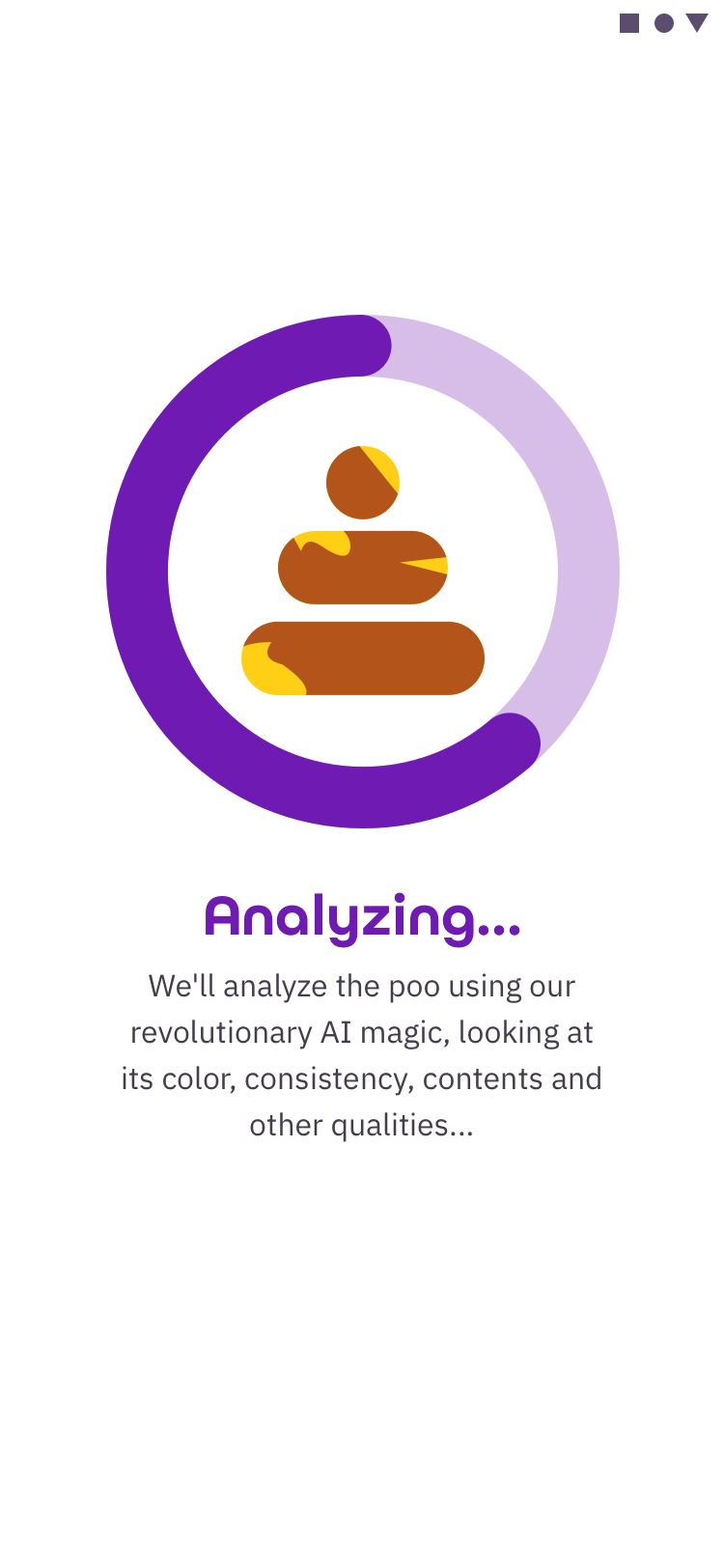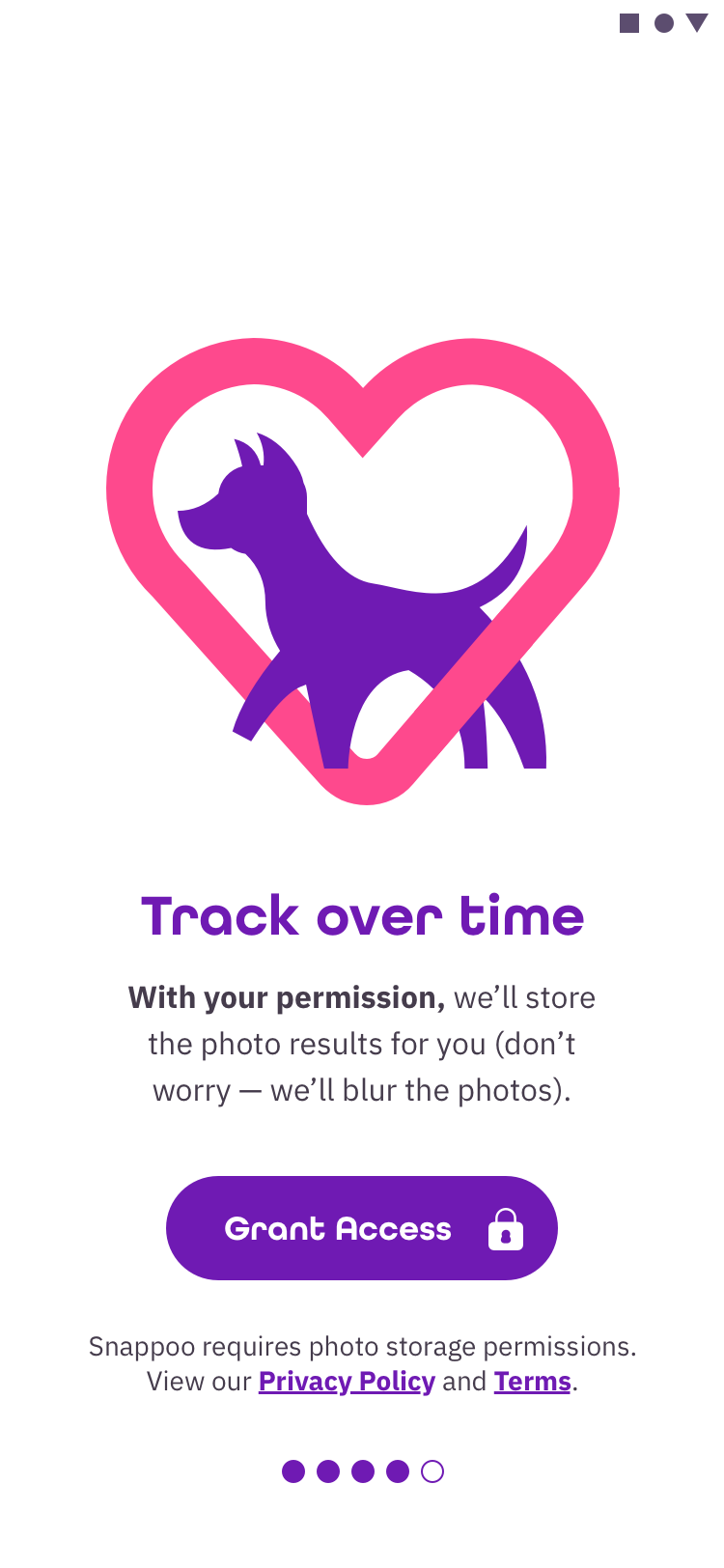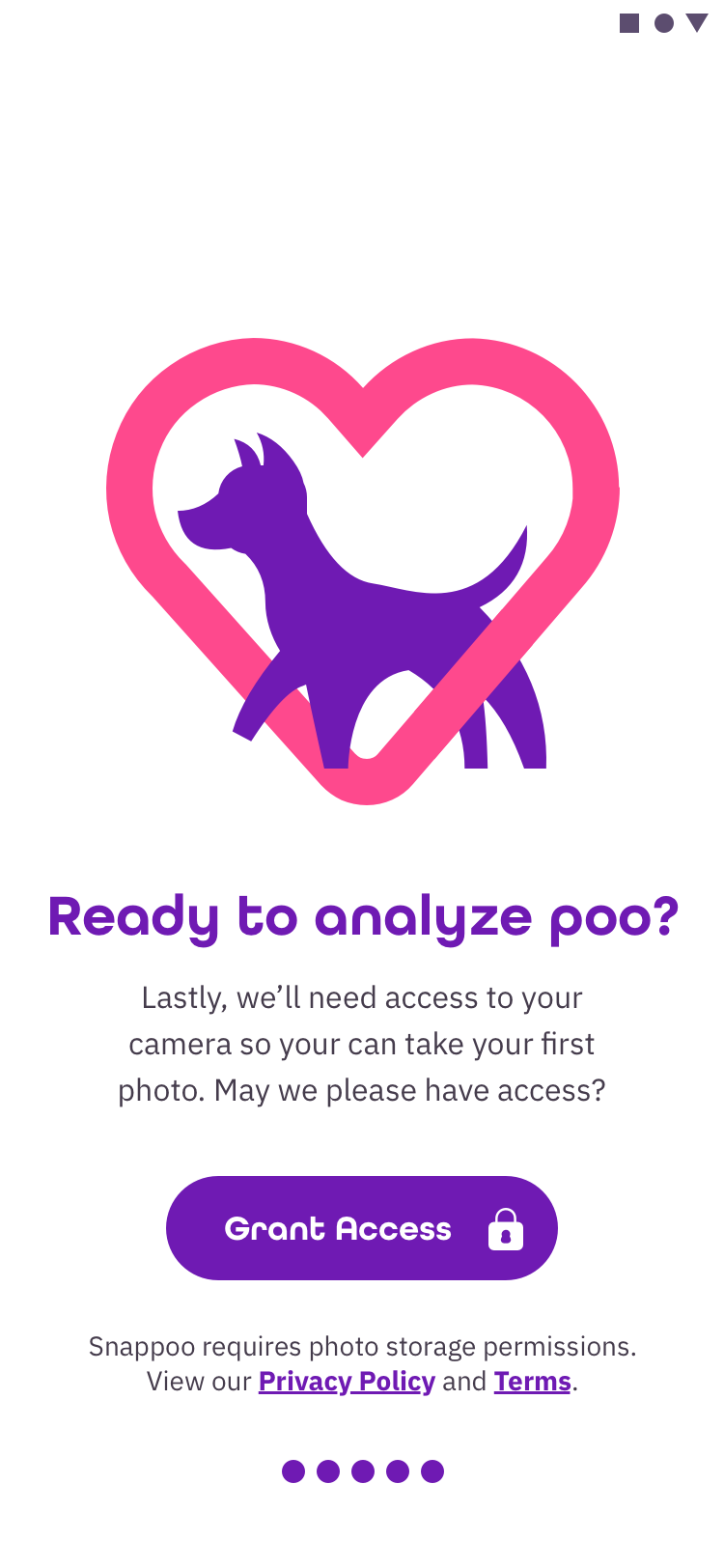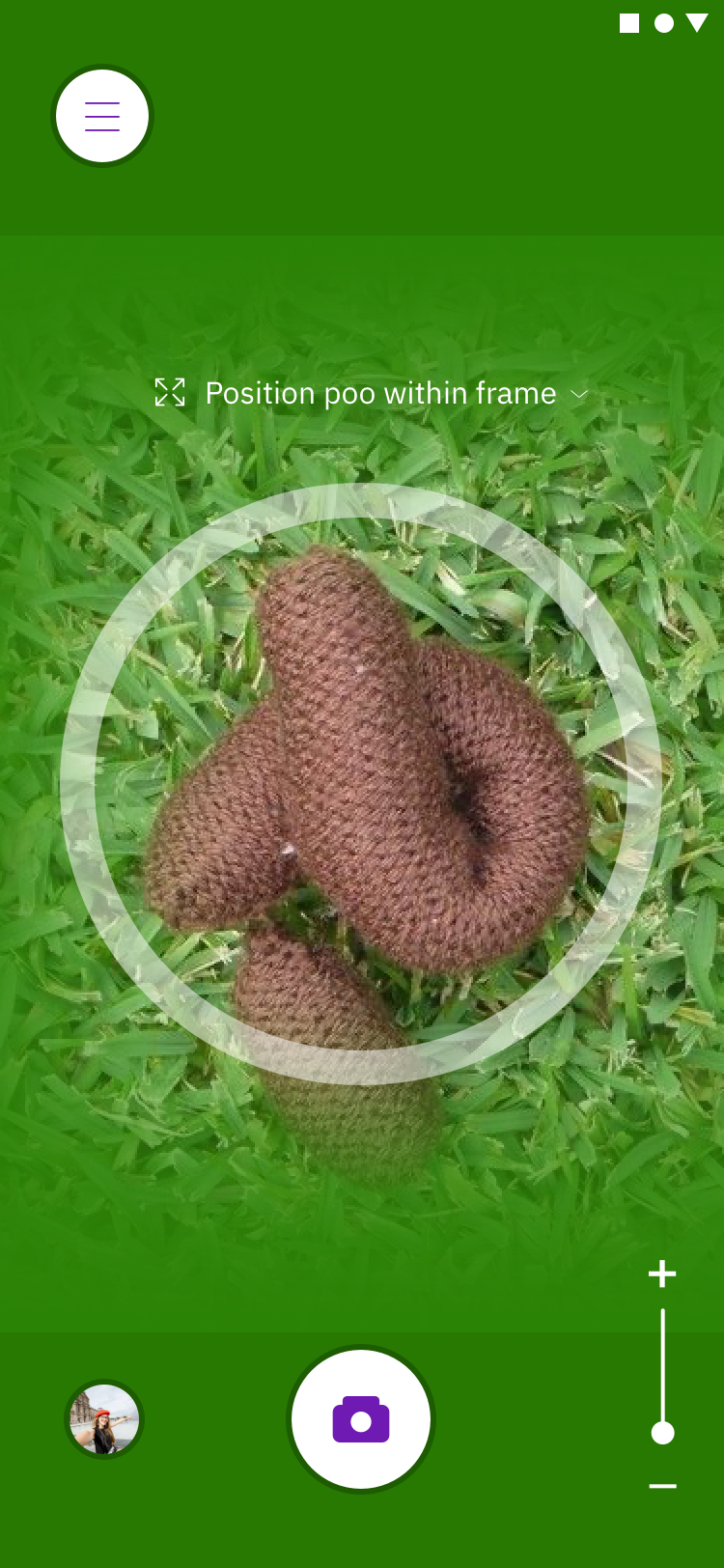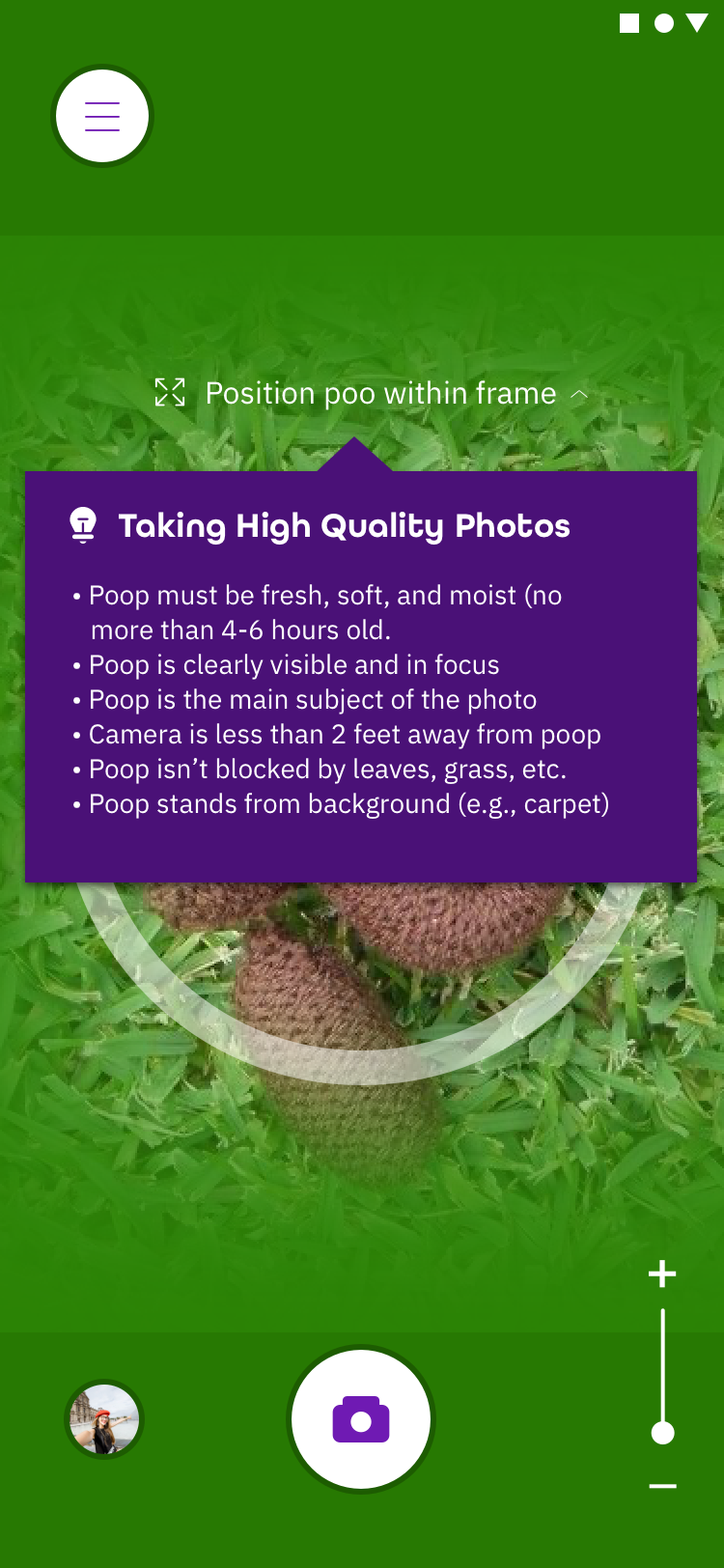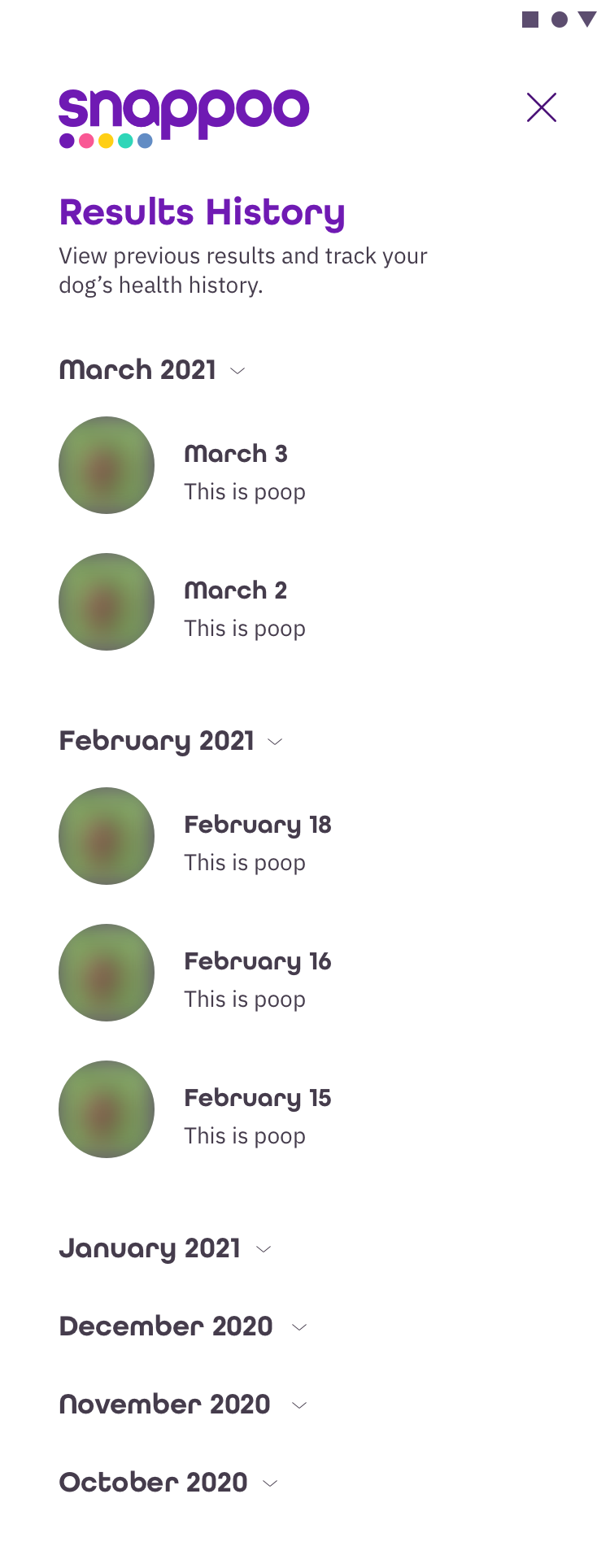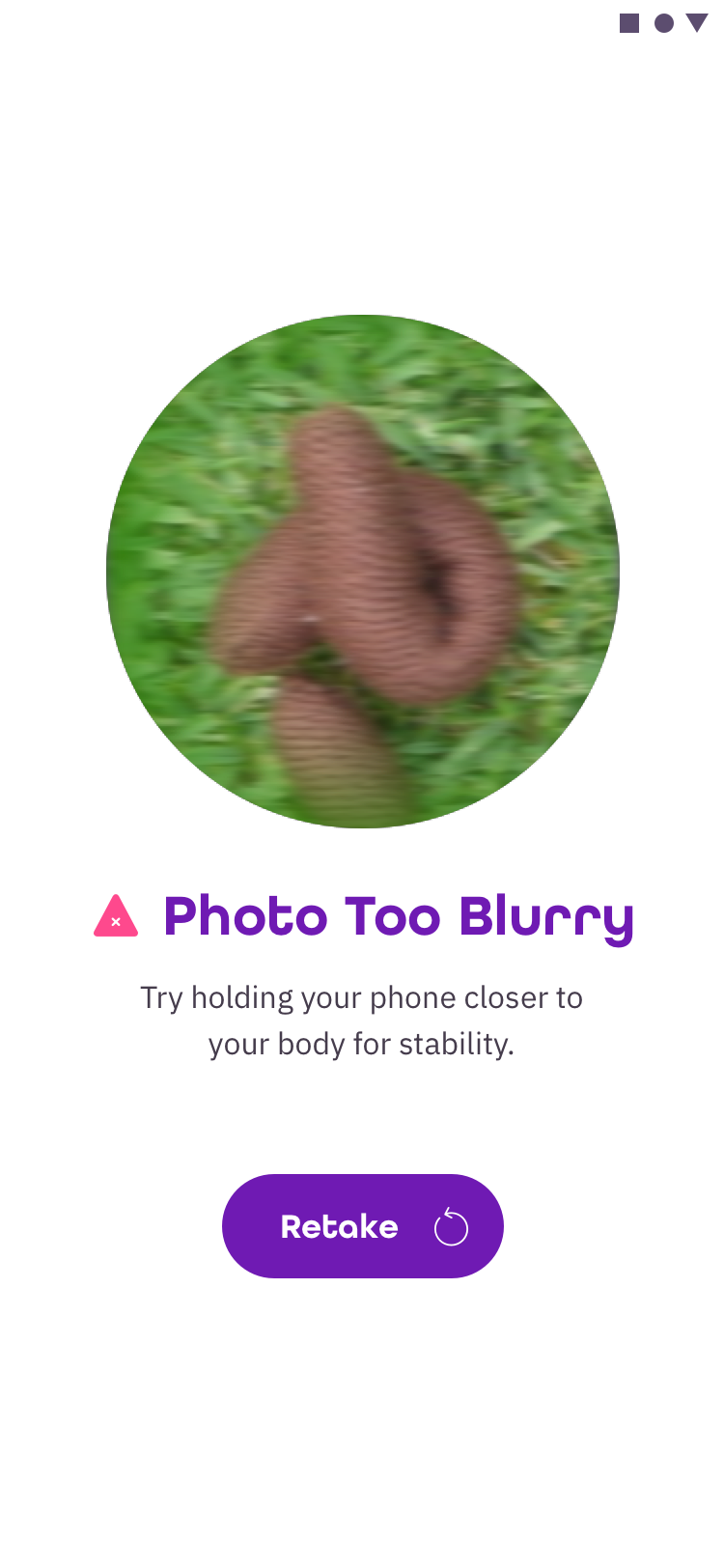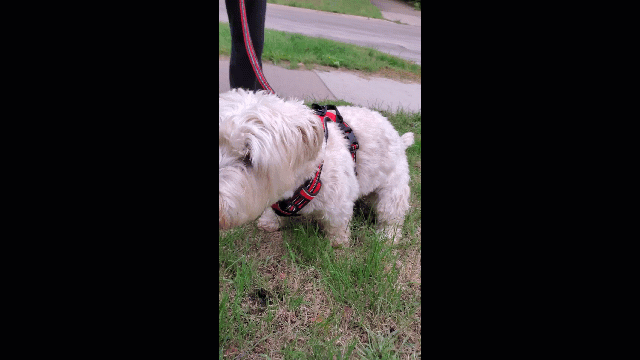AI & Machine Learning for Dog Poop: The Snappoo Story
Snappoo is now known as Daisy. You can learn more here.
Have you ever had an idea for a smartphone app that would change the world? That happened to us, but it turns out our idea was complete dog sh*t.
This is the story of Snappoo, the world’s first AI-powered dog poop analyzer.
Part One: The Idea for Snappoo
Let’s be clear from the start. We talk about poop. A lot.
As a family that has to deal with a chronic inflammatory bowel disease, Emily and I are constantly talking about our digestive health.
“Did you poop yet?” “Good luck with your poop.” “How was your poop?”
It would be impossible to guess how many times these questions have been asked at the Snappoo headquarters.
And so poop is always top-of-mind like it was back in the spring of 2020.
We were remotely producing a marketing webinar about the artificial intelligence (AI) technologies behind machine learning and image classification with a client’s resident data scientist, Jared Burns, as a part of our pre-Snappoo lives.
Google Cloud Platform’s machine learning and image classification AI technologies have nearly unlimited applications now and in the future.
It all sounded extremely complicated at first but it soon became clear that image classification was pretty simple.
It was just the same technology that is able to automatically tag you in photos that your friends and family post to social media, but all types of industries from fintech to logistics to retail were starting to leverage it in other business applications. We were intrigued.
One day (April 29 to be exact), Emily and I were having one of our daily poop conversations and it hit us:
What if there was a smartphone app that analyzed and tracked your poop to help you manage your digestive health?
Turns out, there are all sorts of poop tracker apps on the Google Play Store and Apple App Store but none of them employed the use of machine learning, object detection or image classification technologies.
While unique, we ultimately decided that it would be too weird to ask people to take pictures of their own poop and too complicated legally to navigate healthcare regulations. We registered a few web domains “just in case” but ultimately filed the idea away as useful but somewhat impractical.
Fast forward to February of 2021.
It was a beautiful morning just past dawn. The frosty Minnesota air was biting at us through our winter gear.
We were out walking our adorable terrier, Gertrude, when she stopped to do her business.
As she finished and walked away, the sun shone upon Gertrude’s perfect, freshly steaming poop pile and the idea hit us in an instant:
Build an AI-powered poop analyzing smartphone app… FOR DOGS.
And in that moment, Snappoo was born.
Part Two: Validating the Concept
Before fully committing to Snappoo, we wanted to make sure the app was a viable concept.
Our first and most important question: Can you even learn anything about a dog’s digestive health by looking at their poop?
In March, we turned to Dr. Eric Ruhland, the owner of Gertie’s veterinary clinic, St. Paul Pet Hospital, for more information.
The Cathedral Hill location St. Paul Pet Hospital in St. Paul, Minnesota.
The minute we told Dr. Ruhland about our idea for Snappoo via a Zoom call, his eyes lit up.
“Are you kidding?!” he said. “One of the first things we ask people to do when their dog isn’t feeling well is to bring in a stool sample. I love it!”
“One of the first things we ask people to do when their dog isn’t feeling well is to bring in a stool sample.”
As it turns out, a dog’s poop is a window into their overall health and wellbeing.
The color, consistency, contents, and volume of your dog’s poop are all important signals that help veterinarians diagnose the many different health issues that can affect our furry family members.
Dr. Ruhland excitedly rattled off a list of ailments, diseases and other issues that can be identified through a thorough examining a fecal sample:
Dietary issues like overfeeding, dehydration, or too much/little fiber or nutrients
Issues with vital dog organs including the liver, pancreas, gallbladder, esophagus, stomach, intestines or colon
Zoonotic parasites including roundworms, tapeworms, hookworms and giardia
The list goes on…
“Most times the dog just ate something funny and ends up being fine,” he remarked. “Dog owners could save a lot of money if they could avoid unnecessary trips to the vet by using your app.”
“Dog owners could save a lot of money if they could avoid unnecessary trips to the vet by using your app.”
Leaving the meeting with Dr. Ruhland’s enthusiasm for the project and willingness to further advise Team Snappoo on our journey, we had the validation we were looking for to pursue Snappoo one step further.
Part Three: Building a Dog Poop Machine Learning Model
The next part of our journey is where poop gets interesting.
We knew our next step was to build a machine learning model that could identify the characteristics of dog poop that Dr. Ruhland described during our meeting. The brains of Snappoo, if you will.
Knowing next to nothing about machine learning models ourselves, we turned to the one person we knew that was an expert on the topic: Jared Burns.
Jared was immediately on board when we told him about Snappoo. He’d already created a machine learning model that could identify different types of craft beer with a friend and was on board to participate in another AI-related project. He agreed to be Snappoo’s data scientist.
In order to get started though, Jared needed a database of dog poop images.
Each image would have to be categorized by colors, consistency according to a dog fecal scoring chart, and the presence of any signals such as mucous, blood, “white specks” (i.e., worms) or foreign objects.
We found a freelancer who could stomach the assignment and had them find hundreds of dog poop images, each one logged in a spreadsheet and annotated according to its features.
Our Google Drive account is filled with hundreds of photos of poop, mostly from dogs and all 100% catalogued and categorized by color, consistency and other key characteristics.
Most of the images were usable. Some were low resolution and some weren’t even dog poop upon further inspection, but there did end up being hundreds of usable images that we thought would be a good starting point for the project. We had enough dog poop images to create the prototype for our machine learning model.
Next, Jared took the images and all of the attributes in our spreadsheet and imported everything into Google Cloud Platform’s AutoML Vision product.
With the type of machine learning model that we needed, he first needed to train the model what to look for.
In order to train a machine learning model about dog poop, Jared would need to provide examples of each of the attributes, or features, of dog poop that we aim to identify with Snappoo.
Take this dog poop, for example:
This poop has “Brown” and “1” features in machine learning parlance.
This dog poop is obviously brown and appears to be dry and cracked (although it doesn’t appear to be as fresh as it could be).
But Google’s machines didn’t know what “brown” or “dry and cracked” means relative to our dataset of images until Jared associated the “Brown” color and the “1” dog fecal consistency score features to this image within AutoML Vision.
Do this a couple hundred times and Google’s technology begins to develop the ability to “recognize” each feature, which is the critical first step in being able to identify dog poop-related health issues.
With hundreds of images and more than a dozen features in our first dataset, Jared was able to build the prototype for Snappoo’s machine learning model.
Here’s Google AutoML Vision’s screen for evaluating Snappoo’s machine learning models created within the platform.
The results? Not bad.
Our initial model had a modest, yet workable level of precision (less likely to produce false positives) and recall (less likely to produce false negatives).
AutoML Vision was also fairly good at predicting some of the more common features occurring in our dataset such as consistencies and colors like brown, black and orange.
But the model was initially confused by and not so good at identifying less common dog poop features like mucous, odd colors or foreign objects.
The conclusion? We were going to need a lot more dog poop if we wanted to make the Snappoo perfect, but the AI was already showing promise and was ready to be implemented into a basic version, or minimum viable product (MVP) for our app.
Part Four: Designing a Beautiful App… For Dog Poop
Now that we had a machine learning model, we were ready to start designing what Snappoo the app and the brand would look like.
We made an early decision to invest a lot of thought into the branding and design specifically because of the nature of the app itself (i.e., the whole dog poop thing).
As luck would have it, a fellow dog lover and former colleague, Brian Reed, was up for the task.
We kicked off design efforts in March. Brian’s first step was to quickly apply his refined design aesthetic and years of expertise as a UX and product designer to create a lightweight brand identity that we could use both for marketing and within the app itself.
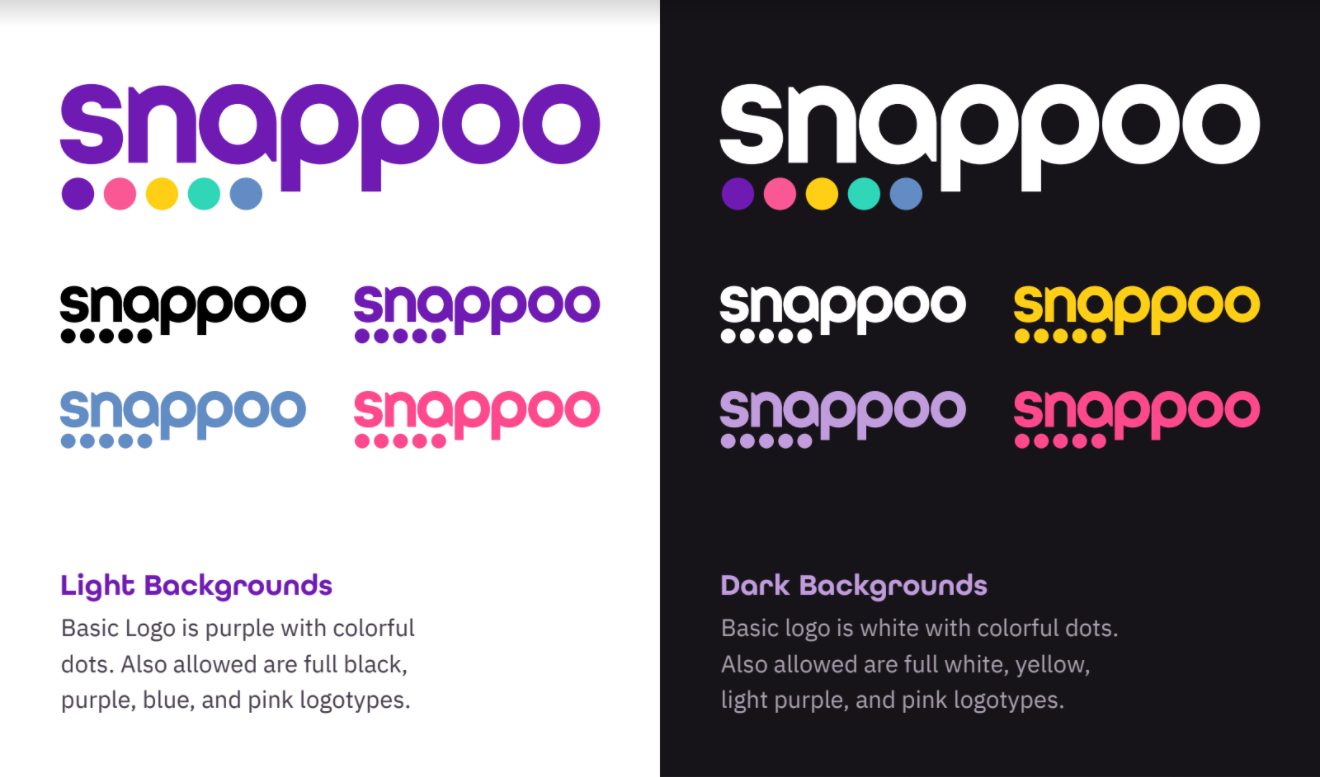
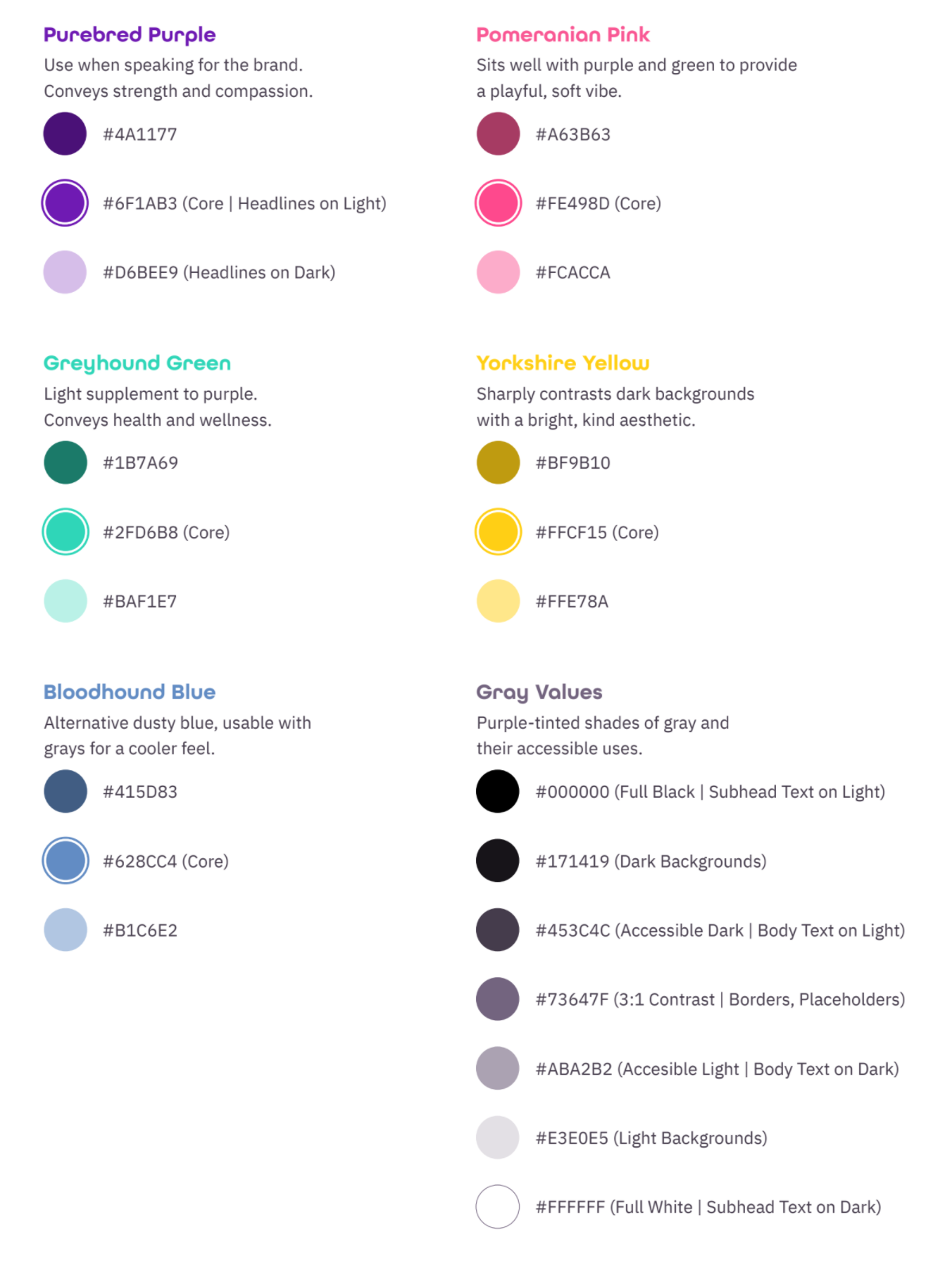
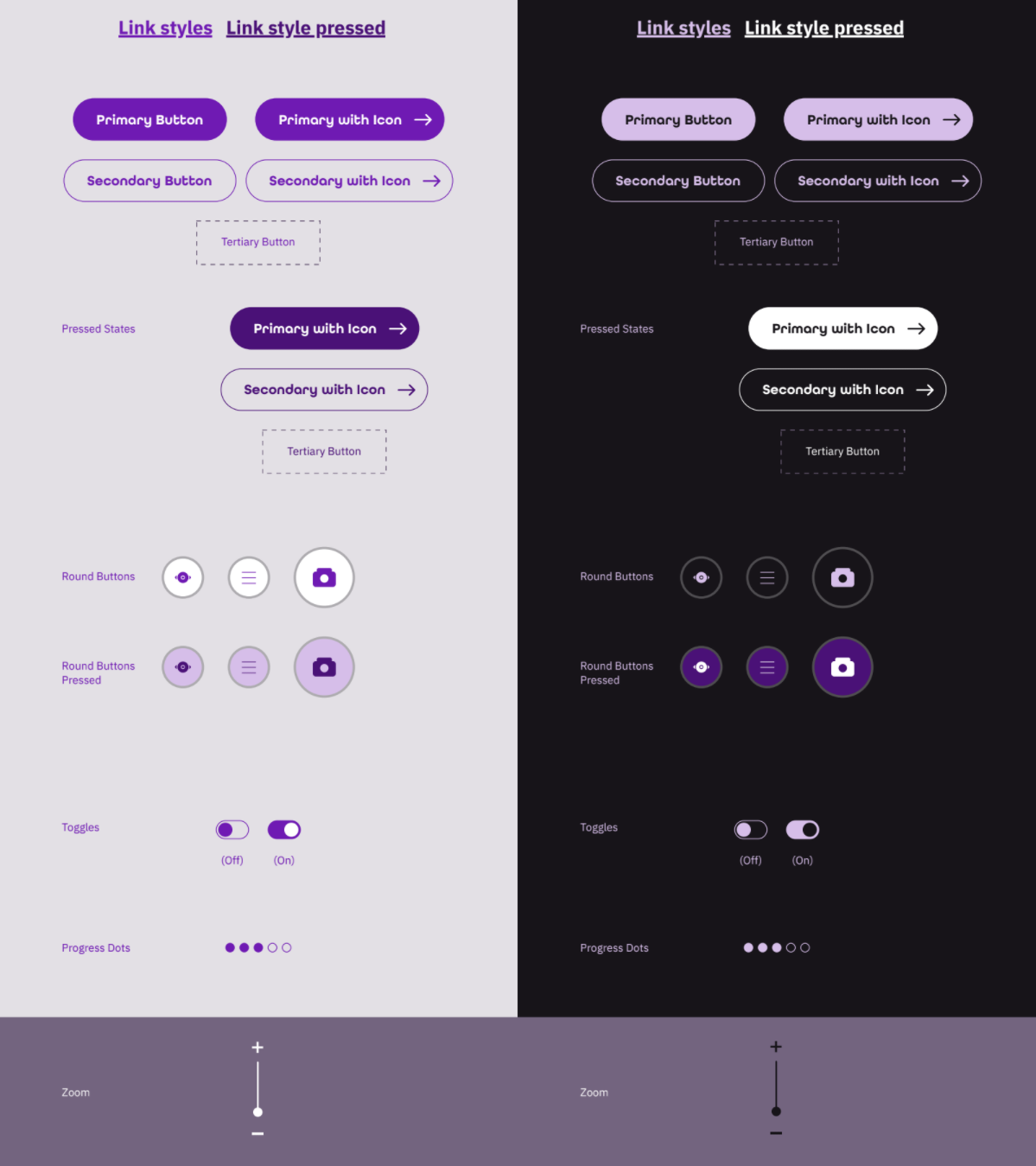
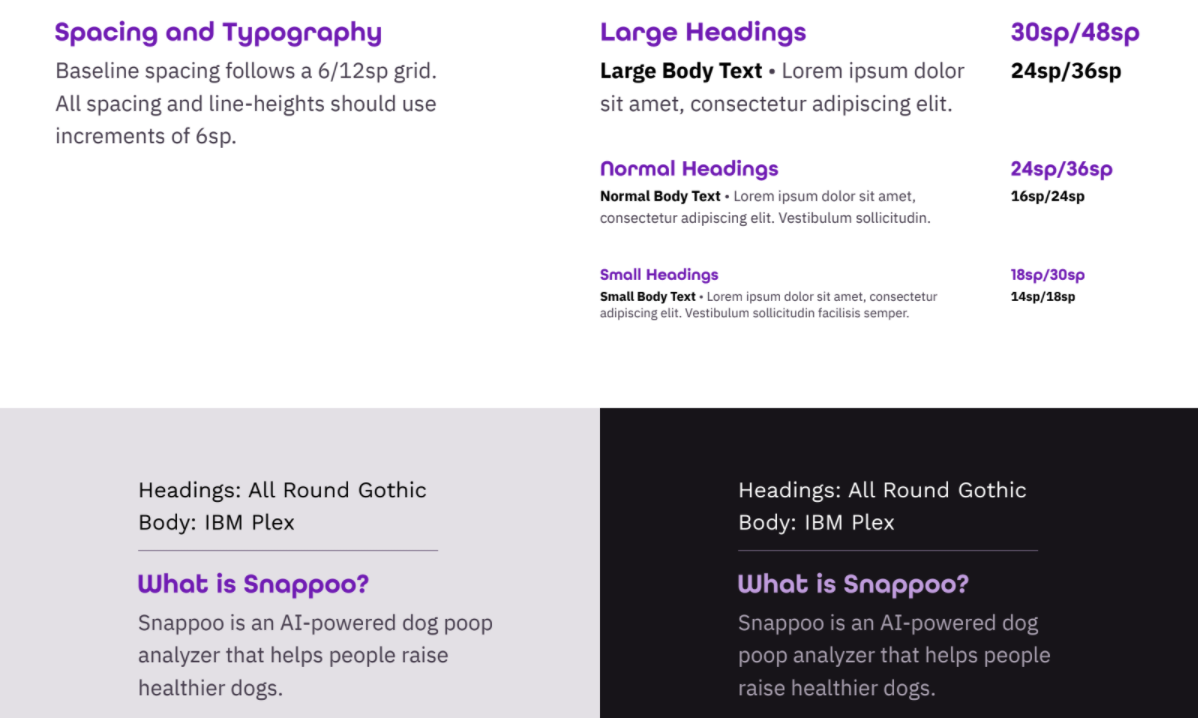

With the brand on its way, Brian next focused his attention on designing the Snappoo MVP.
The way we saw it, the first version of the app needed to do three things extremely well in order for us to make it to the next phase of the project:
Build an app that lets dog lovers take a picture of dog poop with Snappoo and view a results screen containing an assessment of the poop and tips to improve the dog’s health
Create a feedback loop with the Snappoo machine learning model that allows app users to correct Snappoo when it’s wrong, enabling the AI to become better and better over time
Build a community of dog lovers who are willing to give us feedback and want to be early adopters of Snappoo
Clear on our objectives, Brian then turned his attention to mocking up the two dozen or so screens that would be necessary to facilitate the app’s main functions and use cases.
By May, we had our first set of screens for the core functionality of Snappoo’s MVP.
The initial mockups were an instant hit with the team and we were ready for perhaps the most difficult, yet serendipitous chapter in Snappoo’s brief history: app development.
Part Five: Developing the Snappoo App MVP
We had a machine learning model and designs for Snappoo, which gave us everything we needed to build the first version of the Snappoo smartphone app.
There was only one problem: We didn’t know any smartphone app developers.
Actually, there were two problems: 1) We didn’t any smartphone app developers; and 2) We couldn’t afford to hire an expensive app development agency that had a team of developers on staff.
So I posted on LinkedIn to see if anyone in my network had any recommendations.
RIP my inbox. There were so many responses that I eventually had to take the post down because I was getting so many notifications.
Within a week I had more than 150 app developers respond to the post, all offering to build Snappoo with a variety of different pricing models, team compositions and skillsets.
For Snappoo to be successful, we needed a team that had a solid track record, was well-versed in the latest app development techniques and that could take a “development-ready” project like Snappoo and run with it.
In the end, we narrowed our search down to a handful of amazing development teams and ultimately selected the final team member of our core Snappoo team, Jalpesh Rajani.
Finding Jalpesh as the final member of Team Snappoo was like trying to find a needle in a haystack!
Team Snappoo was now complete. Emily and I would function as the project managers and sponsors. Brian would create the brand and UI. Jared would handle machine learning and Jalpesh would pull everything together into a smartphone app. We officially kicked off development on the Snappoo MVP Project Charter on June 26, 2021.
The initial scope list was well-defined:
Development of the Snappoo MVP
Integration with Snappoo image machine learning model
Integration with Amplitude app analytics tool
Integration with Google AdMob mobile advertising tool
Integration with “CRM” or email
Deployment of Snappoo to Google Play Store and Apple iTunes App Store
With the team clear on objectives, Jalpesh and Jared first got to work on creating a software development kit (SDK) that would allow our app to leverage the our machine learning model’s logic.
Next, Jalpesh and Brian collaborated to build the initial screens and functionality for Snappoo.
On August 10, 2021, Jalpesh shared the first Android Package (APK) file with the team that would allow us to install the app directly onto our smartphones and begin the quality assurance (QA) process.
The team was making excellent progress and feeling optimistic for a late-summer launch. But QA always tends to take a bit longer than you’d expect, which we’d soon find out.
Part Six: Eating Our Own Dog Food During Snappoo QA
After months of work, meetings, research, documentation and conversations, we could finally use the Snappoo app.
We were ready to start testing the app with fresh dog poop and started taking our phones with us during our morning walks.
Enter our trusty terrier, Gertrude. She produced poops in exchange for treats and was more than happy to participate in the process.
Gertie was more than willing to assist in testing Snappoo as long as it meant more treats.
The first version of the app was mostly stable but had a few rough edges that needed to be ironed out. Using the app ourselves was a great way to anticipate how others might use it in the future.
We added a screen that displays while results are being saved and other new screens and functionality for things within the app that we didn’t anticipate during the design process.
We also made a lot of revisions to the logic that interpreted the machine learning model’s analysis and translated it into the information people see on the results screen for a given stool specimen.
The team continued to make requests for more features and bug fixes that would make the app more useful and pleasant to use when it finally launched with dog lovers.
Dozens of new feature requests, refinements and bug fixes have made their way across the Snappoo Trello board throughout the development and QA process.
In the end, the biggest remaining hurdle to launching on the app stores was something we couldn’t really do anything about during the QA process.
Our machine learning model was workable as we had hoped but needed more images to reach the level of accuracy we were after.
By the summer of 2022, we had completed QA, worked through a private beta with a dedicated group of dog owners and were ready to launch the first version of the app.
Part Seven: Snappoo Is Now Live!
At this point, the Snappoo app functions as designed, runs smoothly and boasts a functional, innovative AI that promises to improve the digestive health of human’s best friend.
The Snappoo team is working with incredible efficiency and optimism for the future, but now we need your help for the next stage of our journey.
Snappoo is now live and ready for download on the Google Play app store and Apple App Store!
Dog owners, veterinarians, groomers, boarders, walkers or anyone else who has regular access to fresh dog poop is welcome to join and help us accomplish two major goals:
Test Snappoo to perfection
Grow our poop database to 5,000+ images to help train our machine learning model
And did I mention there are prizes?
People who download the app and take at least one picture with Snappoo will be entered to win gift certificates to Chewy, a PETGEEK interactive dog bone toy, or even a Fi smart dog collar. People who take the most photos and give the most feedback will be more likely to win.
We’re hoping each Snappoo user will submit at least 5-10 poop images. The more people who use the app, the smarter and more useful it will become over time..
So please, help spread the word. If you’re a dog lover who wants to be one people to use the world’s first AI-powered dog poop analyzer, download and start using the app today!
Gertie will rest easy at night knowing that you’ve joined the Snappoo community on our journey to raise happier, healthier, longer-living dogs through better digestive health.






